Image capture is the portion pertaining to what they cannot do to civilians. As it stands anyway. Just to name a few: weather mod, Chemtrails, extraterrestrial weapons, low frequency and ULF… Ultra low frequency, mood management, and lazers.
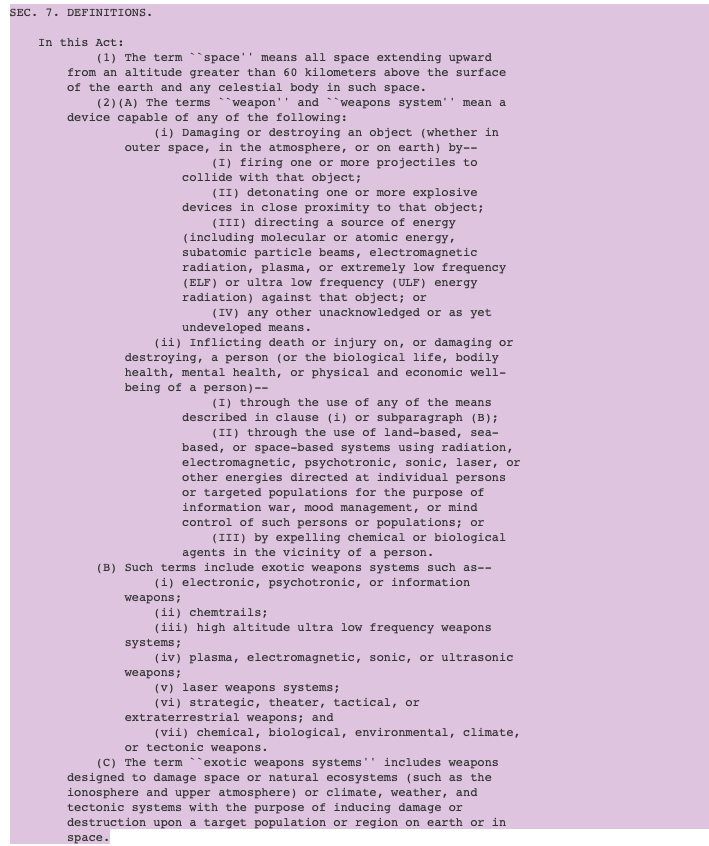



Courtesy of Microcosmos ISBN 0 521 30433 4
© Cambridge University Press 1987
fig. 7.
ATOMS
The smallest unit of matter that can be imaged my microscopy today is the atom. The use of high resolution electron microscopy or HREM enables the scientist to study the neat lines and rows of atoms arranged in their unit cells. The world of atomic level microscopy is bathed in hyperbole. Imaging an atom at a magnification of x 100 million is equivalent to observing from Earth the golf ball that Neil Armstrong hit on the moon. The microscopists at the forefront of high resolution imaging are now trying to read the golf ball’s number!

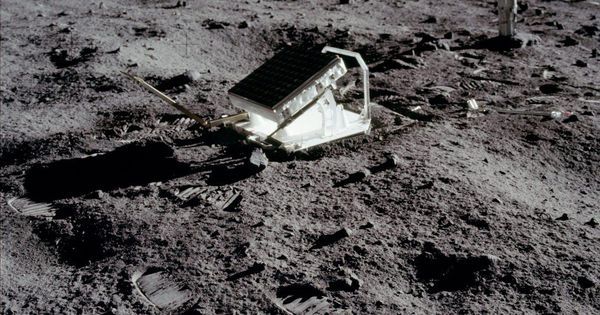

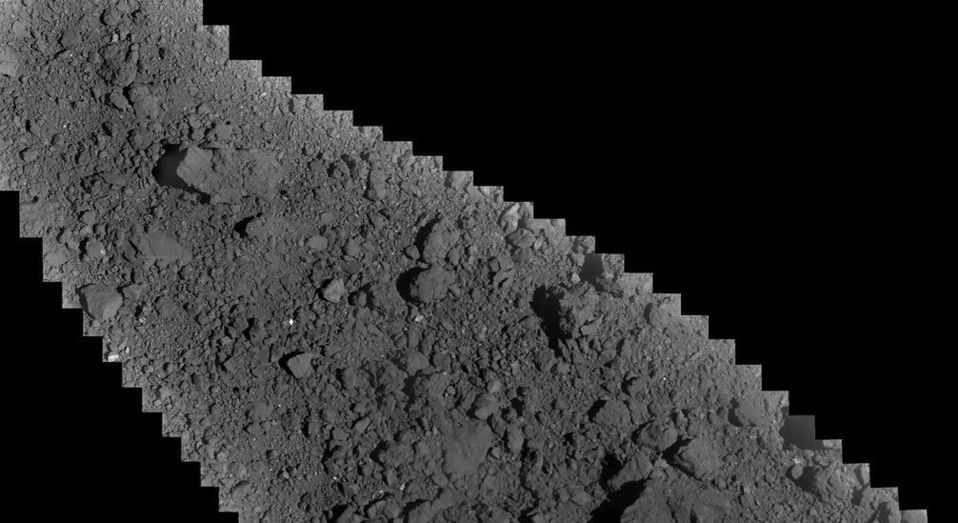
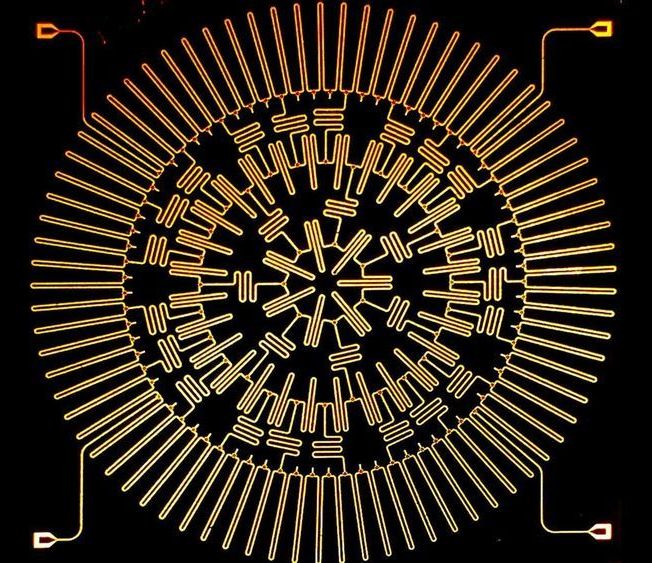
Atomic interactions in everyday solids and liquids are so complex that some of these materials’ properties continue to elude physicists’ understanding. Solving the problems mathematically is beyond the capabilities of modern computers, so scientists at Princeton University have turned to an unusual branch of geometry instead.
Researchers led by Andrew Houck, a professor of electrical engineering, have built an electronic array on a microchip that simulates particle interactions in a hyperbolic plane, a geometric surface in which space curves away from itself at every point. A hyperbolic plane is difficult to envision—the artist M.C. Escher used hyperbolic geometry in many of his mind-bending pieces—but is perfect for answering questions about particle interactions and other challenging mathematical questions.
The research team used superconducting circuits to create a lattice that functions as a hyperbolic space. When the researchers introduce photons into the lattice, they can answer a wide range of difficult questions by observing the photons’ interactions in simulated hyperbolic space.
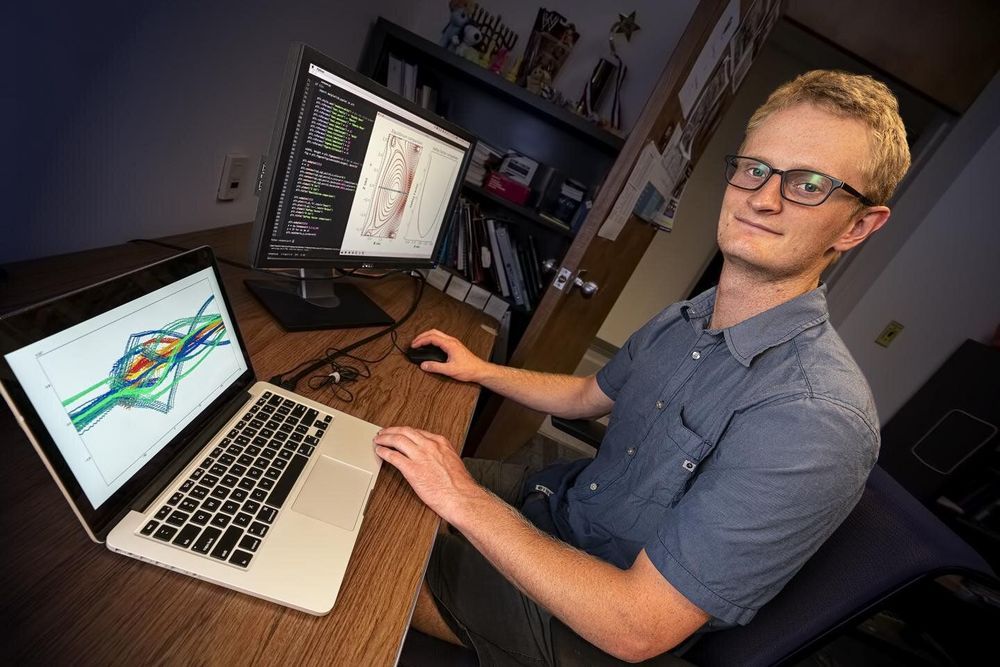
Scientists seeking to bring to Earth the fusion that powers the sun and stars must control the hot, charged plasma—the state of matter composed of free-floating electrons and atomic nuclei, or ions—that fuels fusion reactions. For scientists who confine the plasma in magnetic fields, a key task calls for mapping the shape of the fields, a process known as measuring the equilibrium, or stability, of the plasma. At the U.S. Department of Energy’s (DOE) Princeton Plasma Physics Laboratory (PPPL), researchers have proposed a new measurement technique to avoid problems expected when mapping the fields on large and powerful future tokamaks, or magnetic fusion devices, that house the reactions.
Neutron bombardments
Such tokamaks, including ITER, the large international experiment under construction in France, will produce neutron bombardments that could damage the interior diagnostics now used to map the fields in current facilities. PPPL is therefore proposing use of an alternative diagnostic system that could operate in high-neutron environments.
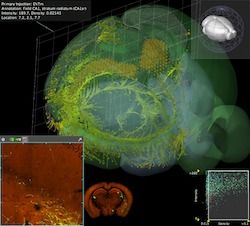
The Allen Brain Explorer (beta) is an application that allows users to browse multimodal datasets in an annotated 3D spatial framework. This new application is an integrated web-based navigator, allowing users to explore the Allen Mouse Brain Connectivity Atlas projection data and Allen Reference Atlas (ARA) in a standardized coordinate space.
The Brain Explorer 2 software is a desktop application for viewing the Allen Mouse Brain Connectivity Atlas projection data and the Allen Mouse Brain Atlas gene expression data in the framework of the Allen Reference Atlas (ARA). This downloadable software will be discontinued in 2019, as improved functionality and new features will be available via the integrated web-based platform. Updates to this software will be discontinued after that time.